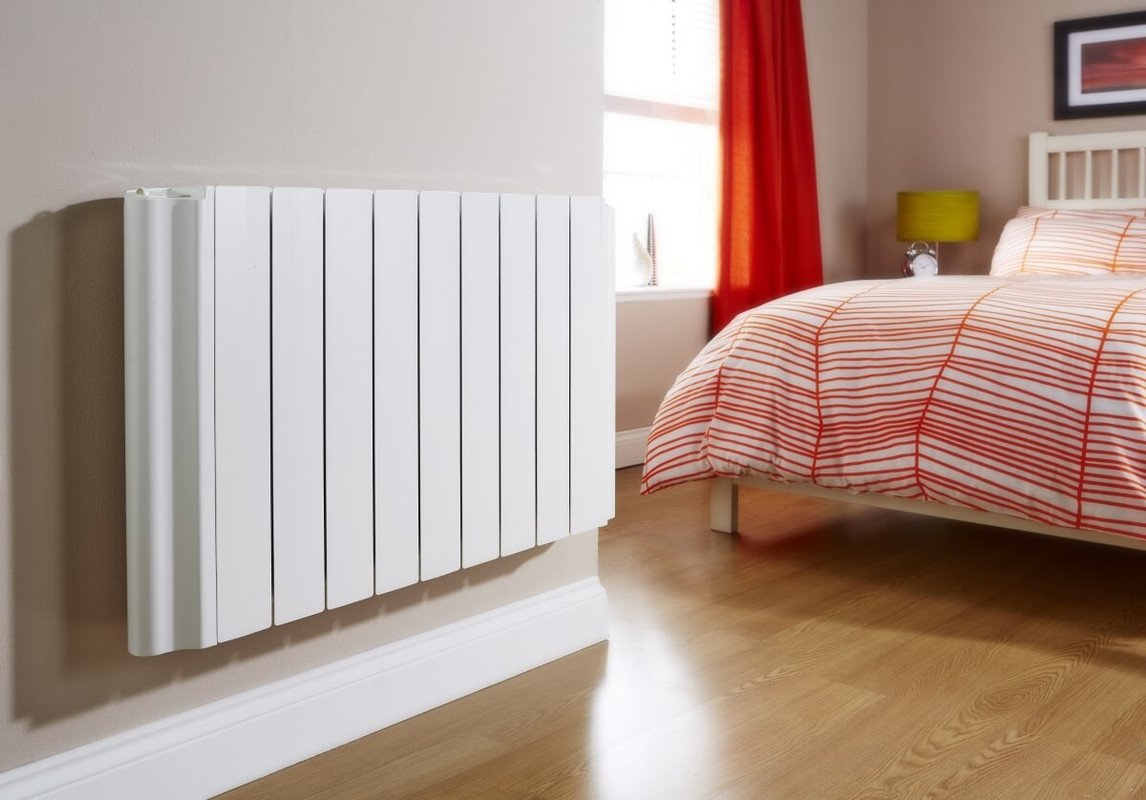Cooling 101 - How Central Air Units OperatePosted by Susana on April 3rd, 2021
Can you imagine life without a/c? Sweltering heat waves that can melt the rubber on your shoes, cook an egg on the control panel of your car, and make it nearly difficult to have a great night's rest-- sounds miserable! Let's face it, life without A/C wouldn't be the exact air conditioning service edmonton same. Did you understand, that before the 20th century, ice was actually gathered for refrigeration? It was cut into 1-ton blocks, provided throughout the country and utilized in 'ice-boxes' to keep food fresh. Fortunately today, refrigeration has actually been considerably enhanced considering that its introduction in 1834. By knowing how your house's A/C system works, you'll have the ability to make it run much better and longer, and if it ought to break throughout the dog days of summertime, more positive discovering a replacement. What is Central Air Conditioning? Because the 1960s, main air conditioning systems have been the most common style of cooling in America. Finest identified by the condenser system outside and ducts carrying cool air throughout the home, a central air conditioning is often referred to as a "split-system" because the indoor and outdoor components are separated. How It Functions Comparable to how a sponge soaks up water, main air conditioners take in the heat from inside the home and eject it outside through a process called "the refrigeration cycle." It's easy to comprehend how an ac system works once you see how the parts operate together. Parts of a Cooling System Divide into two parts; a system will include an outside condenser unit (below) and a coil housed on top of the furnace or inside air handler. The outside condenser, which does the majority of the work, operates in tandem with the air handler/furnace that disperses the conditioned air into rooms of your house. The Refrigeration Cycle The cooling procedure begins when the thermostat detects the interior temperature level has actually increased above the setpoint. It signifies the control panel in the air handler and goes into action. 1) The internal blower draws in the hot, moist indoor air from the return ducts into the air handler/furnace cabinet to be conditioned. 2) Unclean air getting in the cabinet first travels through an air filter that traps dirt and debris. 3) The clean air then travels through the evaporator coil. Using metal fins to increase its area, the evaporator coil extracts heat and wetness from the warm air as the air passes through it. The clean, cool air is flowed throughout the home. 4) A set of copper tubes containing refrigerant, called a Line Set, link the indoor coil with the outdoor condenser. 5) The condenser dissipates the heat trapped inside the line coming from the evaporator coil by cycling it through its coils where a fan at the leading pushes air to accelerate the process. The refrigerant is then compressed and travels back to the indoor evaporator coil, where the cooling procedure continues. A/C Cheat Sheet It's an excellent concept to familiarize yourself with the technical language utilized by HVAC professionals to comprehend your system when it pertains to making repair work or buying a brand-new system. HVAC - Stands for heating, ventilation, and cooling. This acronym is used to classify all devices utilized to manage air temperature, humidity, and air quality. Split-System - In reference to parts of the system running both indoors and outdoors. In a split system, the condensing system is found outside. BTU - British Thermal Units - a measurement of just how much heat energy can be gotten rid of from the air in an hour. Ton - A measurement that refers to the cooling capacity your system can offer under regular conditions. 1 Heap amounts to approximately 12,000 BTU's. Tons are frequently used when sizing an unit for your home, which can be figured out based on the square video footage required to be cooled or heated. Unrivaled Knowledge Easily, the heater, a/c, and electrical systems all work instantly, without us needing to fumble around in the basement or even worse, a hot attic. Until something fails. Learning about your cooling system may seem overwhelming in the beginning, however when you have the basics down, you'll be able to comprehend not just how your system works, but likewise understand jargon to make buying a replacement simple. Like it? Share it! |



